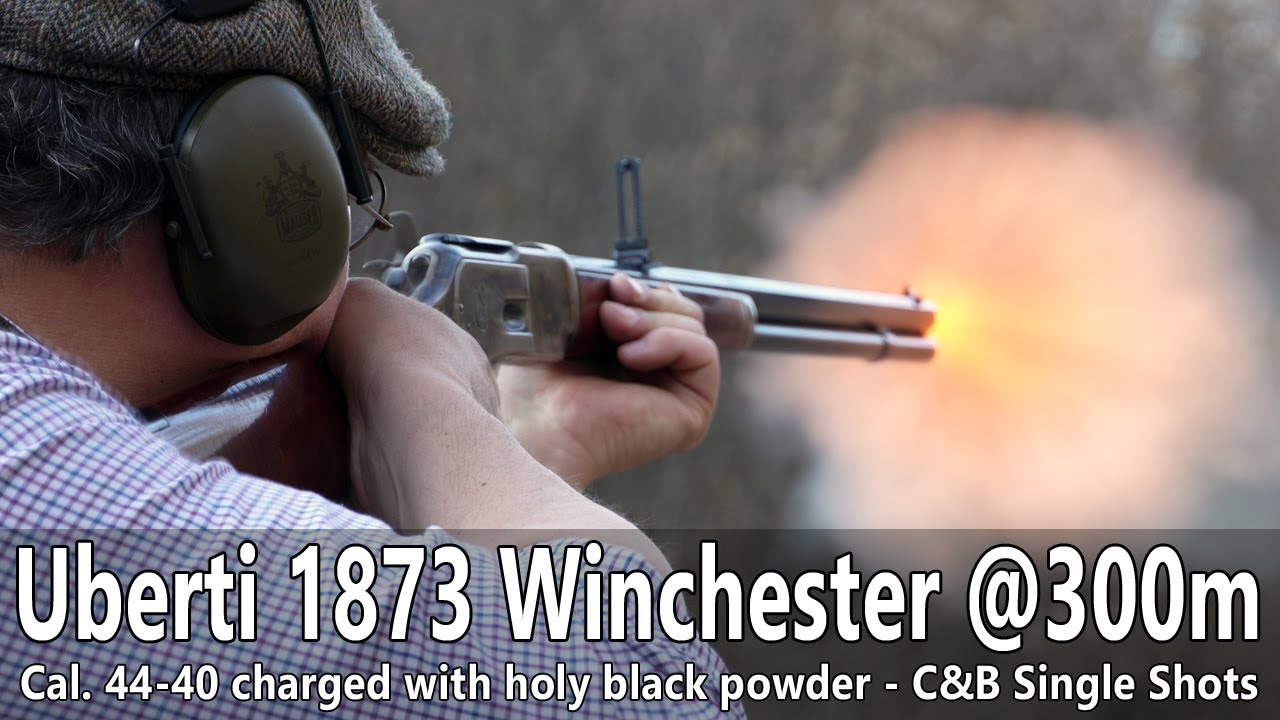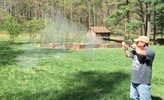doc hamer
Member
cimarron/uberti reproduction. has anyone had experience with these before?

Thanks for the post J-Bar. Purchased the 1873 early last fall in .357.I competed in cowboy action matches with black powder .38 Specials in 1873 and 1866 Uberti reproductions for 20 years. Those rifles were designed before smokeless powder was invented so they work just dandy! A tight crimp and bullet weights above 125 grains encourages complete case expansion, so very little fouling gets back to the toggles. I kept the carrier and bolt well greased with Mobil 1 and occasional spritzes of Ballistol during a match and after 70 or 80 rounds it was still smooth levering. Clean up was wiping out the carrier, bolt, and mortise with paper towels before reapplying grease and Ballistol. The barrel came clean after swabbing with soapy water, dry patches, and a final pass with a Ballistol patch. Complete disassembly maybe once a year after competition season. Fun guns to run!
Yes my wife and I have probably a dozen and mostly only shoot black powder. 32-20 and 44-40 calibers.cimarron/uberti reproduction. has anyone had experience with these before?
They make 5n1 blank brass that is especially for that.I used black powder blanks in my Henry reproduction on a few occasions when doing Civil War reenactments. Cleaning it afterwards was a chore.
Making the blanks was also a chore. Regular .44 WCF brass could not be used because the overall length (without a bullet) was not long enough to feed through the mechanism. So I had to use .444 Marlin brass, trimmed down to the length of a .44 WCF bulleted cartridge. Then a light crimp to hold the wad in place.

Don't forget to wash and dry your brass after shooting BP, else the fouling will attract moisture and corrode your cases.
The best way is to have a jug of Windex and water to drop them into as soon as they're fired. If you don't they will turn black.
cimarron/uberti reproduction. has anyone had experience with these before?
Back in black powder days leveraction rifles were .38-40 or .44-40 (tapered almost bottle neck cases) but never .45 Colt ( straight wall).
